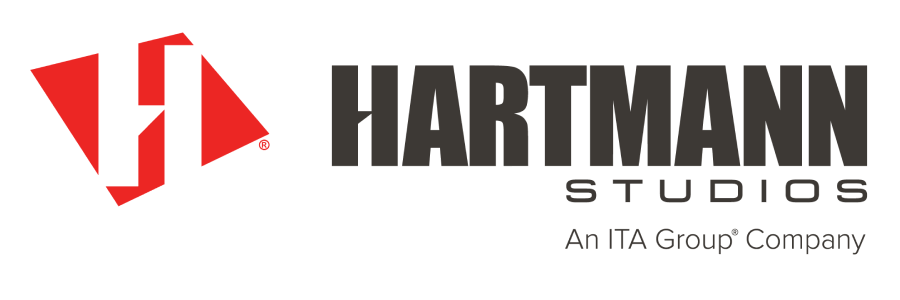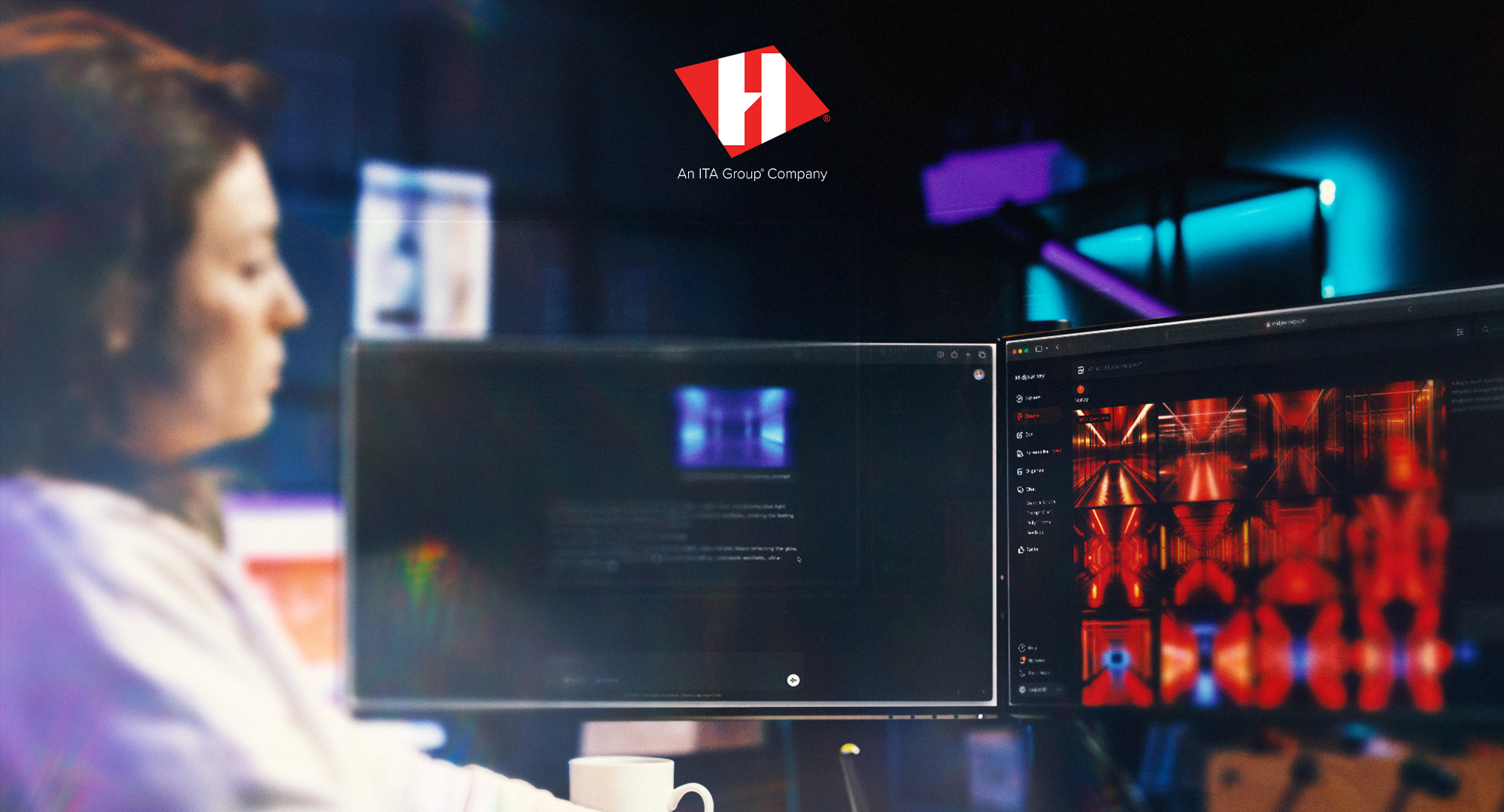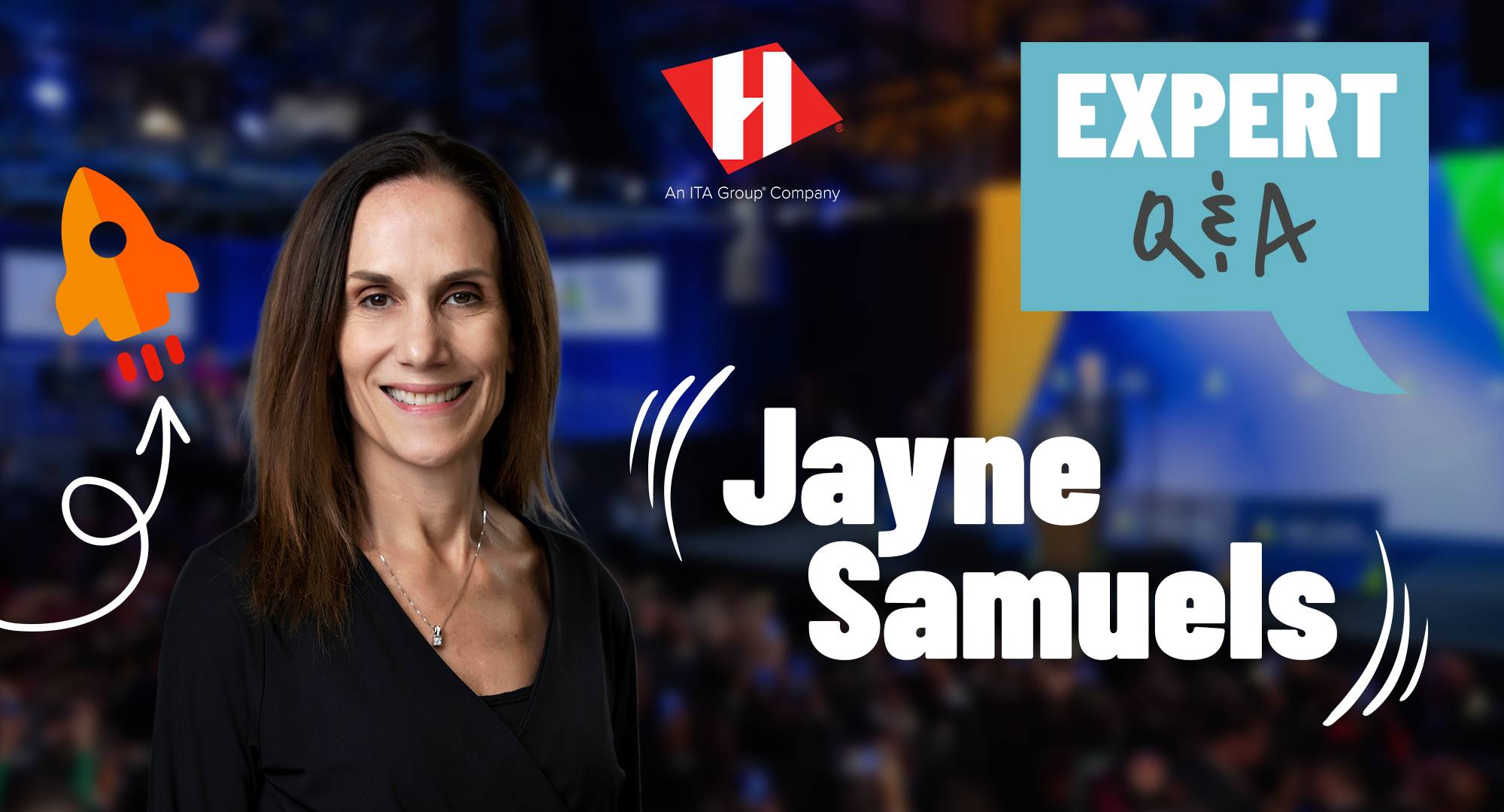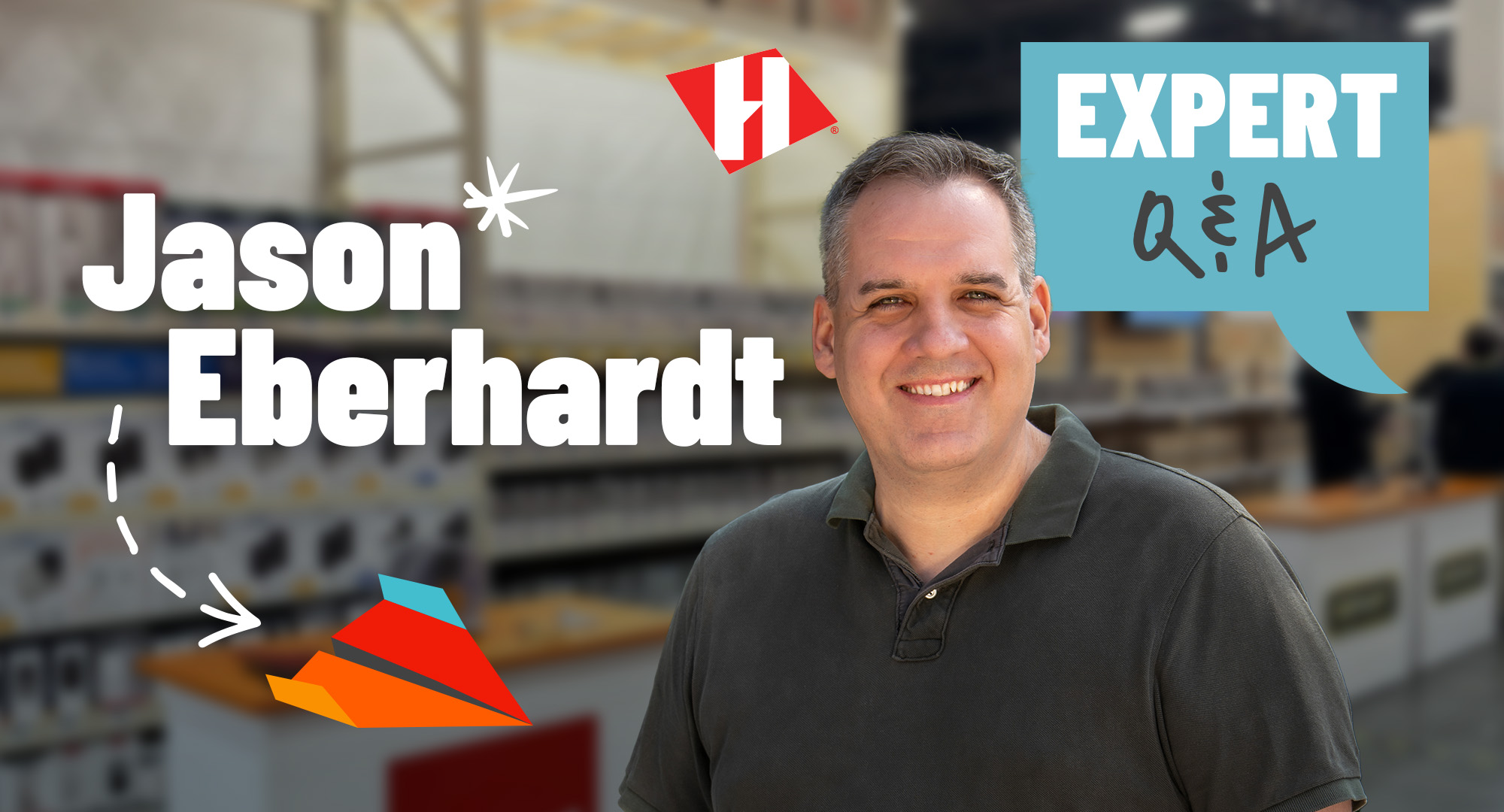Engaging Main Stage Production with Jayne Samuels
Friday February 14, 2025
5 Min Read
What you need to know
- Event staging strategy stems from creative storytelling.
- Building a successful general session run of show factors in content, timing and more.
- Producers must build trust across a team and embrace flexibility to implement timely changes.
Jayne Samuels’ background as a performer informs her approach to event production. A former dancer, she embraces the complex choreography of staging corporate events as a fun, fast-paced challenge. As an executive keynote producer, Jayne leads dozens of team members toward achieving event visions that entertain and inspire audiences. She ensures everyone hits their marks and the main message lands. We asked Jayne to share her secrets for achieving a flawless run of show.
Q: What does a successful general session look like?
Jayne: All events are an extension of marketing, and all marketing is about grabbing attention so that your audience will do something. A successful general session ensures the client’s message is clearly communicated to attendees.
Because I come from an entertainment background, I think of event production as corporate theater. We’re telling a story to an audience. There’s key messaging and sometimes a bit of humor to keep them engaged. You want your audience to leave feeling better than when they came in. That’s what art is about, too. You go to a show or go to a museum to get out of your own head space. To see something new. To imagine, to dream, to believe that things can change or improve.
To have a successful event, everybody working behind the scenes also needs to enjoy the experience. The event itself is short-lived, but the planning period is long.
Q: How do you approach event production as a team?
Jayne: It’s definitely a collaborative workflow. As the executive producer, I’m making sure everybody stays on task and understands that what they’re doing is super important. We keep different elements moving, looping everyone in at each phase.
Great events always start with a goal or a business problem the organization wants to solve. We can design, from the ground up, every moment of their attendee experience from the second they get off the plane to departure. We maximize their engagement and make sure they’re feeling exactly what we want them to. We bring in creative strategy and environmental design. We make sure all touchpoints are working toward that end goal.
Keeping open, transparent communication helps clients feel comfortable. We’re working to quickly understand their style and culture so they trust us to act on their behalf. I want them to feel that we’re an extension of their team. We come to the table as a partner with ideas and recommendations based on our experience. We’re going to look out for their best interests and the project, and believe the outcomes are important.
Q: What are key questions that influence event staging?
Jayne: As environmental designers, our team is creating a canvas to paint with content.
What is the feeling we want people to have as they walk into the environment? We want to create a full, sensory experience. Do we want to evoke a feeling of intimacy? Expansiveness? Comfort? Do we want the event to feel futuristic?
Space and venue are huge considerations.
- Are you in an arena, a ballroom, a warehouse or an art museum?
- Do we need to cover up where we are or do we need to frame it out?
The culture of the host city can also influence staging. Chicago and Florida should feel different.
Then, we think about audience size and how to create a sight line.
- Where do we want people to focus? We want them to absorb the content.
- Do we need magnification screens?
- Are we going to design a thrust stage where the presenter can walk out and get up-close-and-personal with attendees?
Then, we’ll think about budget constraints and design within those. Today, the lower cost of elements like LED lighting and video, and what’s accessible to be installed in a short time, is fantastic.
Q: How do you build an event run of show?
Jayne: The run of show all stems from messaging. What’s that narrative arc?
Related: Explore our series on “story first” event design.
We start building around timing the big elements.
- How long is a session?
- How many speakers?
- When are the breaks?
Then, we consider details.
- Do we have an emcee?
- A voiceover?
- Are the presenters going to hand off to each other?
There are also visual considerations.
- What’s their camera shot going to be?
- What’s our stage blocking going to be?
- Is there a podium or furniture?
There’s also an important emotional aspect.
- How are we delivering content in a way that has emotional appeal?
- Will it hold their attention? You don’t want too many talking heads.
Q: Are there event staging and production tricks that boost engagement?
Jayne: Everybody wants to feel like they’re being spoken to directly. Like they’re important. The more that you can get people to understand the message is specific to them, the better. Because a speaker is standing on a stage, the audience will be either down below or far away. We generally try and position a prompt screen eye-level with people in the back, and coach speakers to look up, off to the side and hit all angles.
We can work through timing and create a run of show in advance, but once we’re on site, we have to stage it. I’ll work with the technical crew, the stage manager, write the cues and check with the creative director to make their creative visions real based on the parameters we’re working within.
Q: Event staging requires months of preparation, but live events also involve last-minute tweaks. How do you handle changes?
Jayne: The most important thing in event production is to be okay with change. You have set everything up so successfully that when something changes, you understand the implications.
In a live show, there’s not a lot of time to think. Producers need to know how decisions made in that moment affect everybody else on the team, throughout the event. Say, in the middle of a show, the client says they want to cut the next segment. You must know and communicate how it changes all the cues. You have to be able to think futuristically and be steadfast in your decisions. You need to know how to get to the next moment, because everybody’s going to follow.
Explore how senior event producers like Jayne deliver impactful content global event stages.
Read more stories
View AllAll Posts
Elevating Event Production with AI Tools
As artificial intelligence (AI) emerges as a redefining force in creative event production, curiosity is key. Experimenting with prompts helps Hartmann Studios’ production designer, Greg Sullivan, leverage industry-disrupting tools to inspire and streamline his work. He’s defined his dynamic career around constantly learning to meet the next wave of technological advancements. In the mid-1990s, when...
5 Min Read
All Posts
Engaging Main Stage Production with Jayne Samuels
What you need to know Jayne Samuels’ background as a performer informs her approach to event production. A former dancer, she embraces the complex choreography of staging corporate events as a fun, fast-paced challenge. As an executive keynote producer, Jayne leads dozens of team members toward achieving event visions that entertain and inspire audiences. She...
5 Min Read
All Posts
How to Create Efficiencies in Event Production with Jason Eberhardt
What you need to know As a second-generation trade show expert, Jason Eberhardt found his footing in the events industry early. He excels at creating efficiencies that streamline complex event execution, save money and deliver on the creative vision cast by clients and our production team. Jason’s commitment to collaboration and creativity helps him cultivate...
5 Min Read



